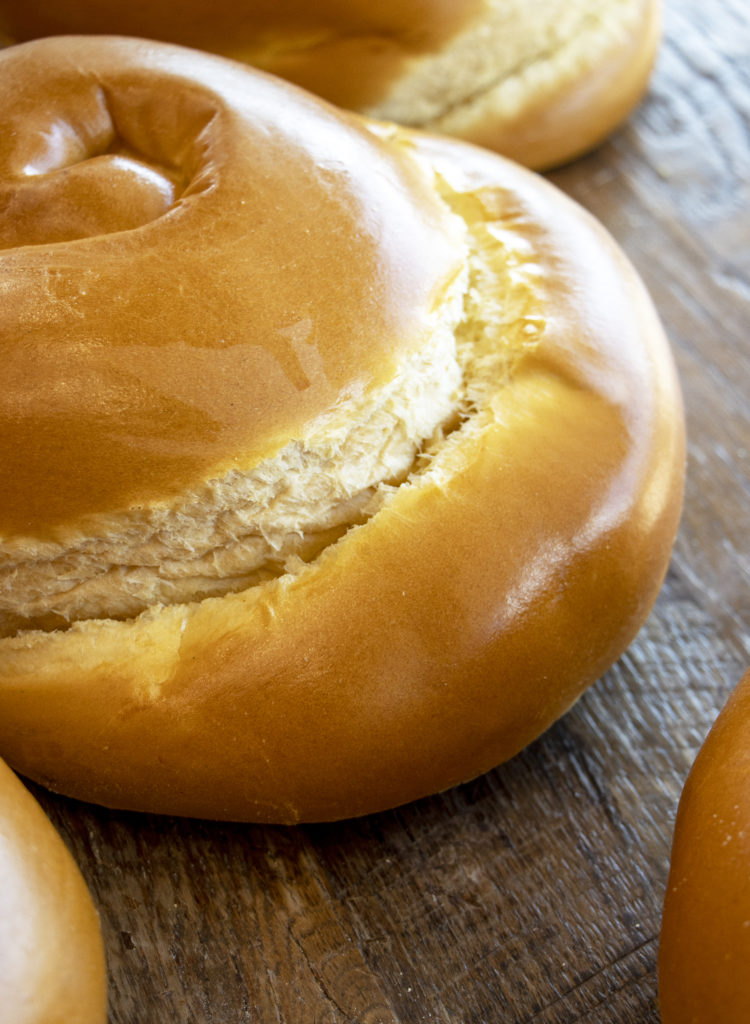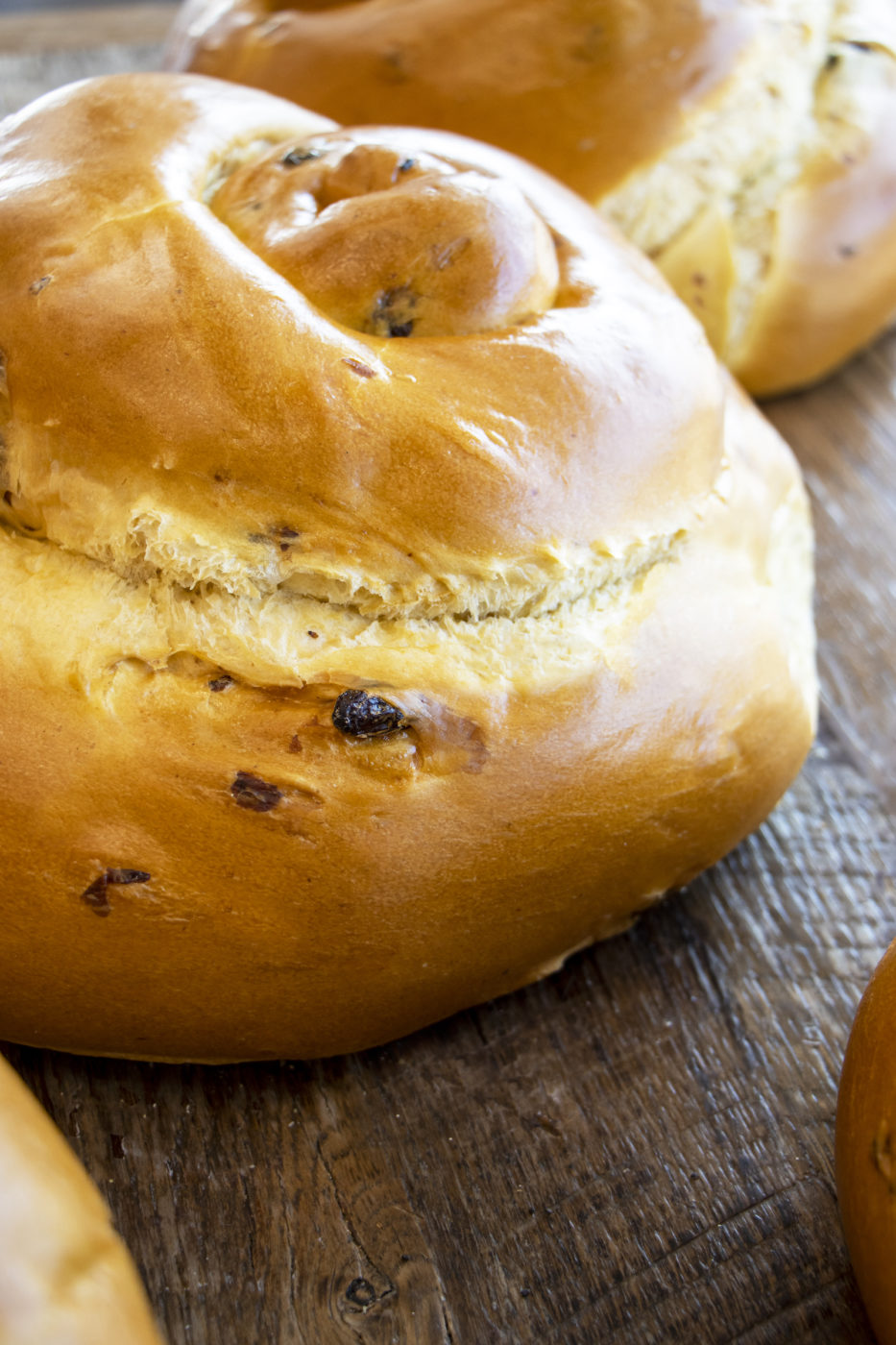Rosh Hashanah: A Crash Course
Rosh Hashanah is only a week away, and we’re here with your crash course to understanding this major Jewish holiday! At its most basic, Rosh Hashanah can be understood as the Jewish New Year, the temporal reset button for the Jewish calendar. From a modern perspective, it seems strange that the new year would be celebrated in the fall, but we have two answers for you. First, the secular new year is in the middle of winter, so maybe the starting and end points for any calendar could be considered just a bit arbitrary? Second, Rosh Hashanah is not just a temporal new year, it’s an economic one. Fall is the harvest season for many important crops like wheat, apples, and pomegranates (more on these specific foods later). For people living during biblical times, the harvest brought a refreshed perspective on the past seasons and upcoming year. It marked the renewal of food supplies and served as a warning for the coming winter, a balance between celebration and responsibility. So really, it makes perfect sense for the new year to take place in the fall.
There are quite a few different symbols for the new year, but you may be familiar with those most common in the west, apples and honey, round challah, and the shofar. We dip apples in honey on Rosh Hashanah as a way to manifest a sweet year to come. It is also worth noting that we harvest apples in the fall, and honey, if stored properly, never actually spoils. While biblical Israelites would probably not have eaten apples, per se (most likely apricots), it is really cool to see how the realities of life in ancient times overlap with religious beliefs to create the traditions we know today!
Another major symbol of Rosh Hashanah (and one of our favorites at Three Brothers) is the round challah. This one is relatively straightforward to explain. Challah is a traditional Jewish bread, and the round shape used for Rosh Hashanah and Yom Kippur is symbolic of the cycle of the years. It reminds us that good times come and go, bad times come and go, but we continue to move forward and endure. It’s a nice little reminder of hope to start the new year.

Obviously, we cannot forget the Shofar! In the Torah, the day of Rosh Hashanah is actually referred to as Yom Teruah, the Day of Shouting or Blasting. On Rosh Hashanah, the Shofar, a kind of trumpet made from a ram’s horn, is blown 100 times each day! It is a symbolic wake up call for the Jewish people, telling us to reflect on our behavior in the past year and work to be better in the next.
So, what are you supposed to say on Rosh Hashanah? Does it matter? Well, you can simply say, Happy New Year like you would on January first, or if you would like to brush up on some Hebrew you can try “Shanah Tovah Umetukah!” This phrase means “Have a good and Sweet Year!” If you’d like to really impress your Jewish friends, you can hit them with this doozy of a phrase: “L’shanah tovah tikatevu v’tichatemu” which translates to “May you be inscribed and sealed [in the Book of Life] for a good year.” Regardless of how you phrase it, well wishes on Rosh Hashanah establish an important precedent for positivity in the new year, so feel free to go off!
Written by Jaece Rogers
